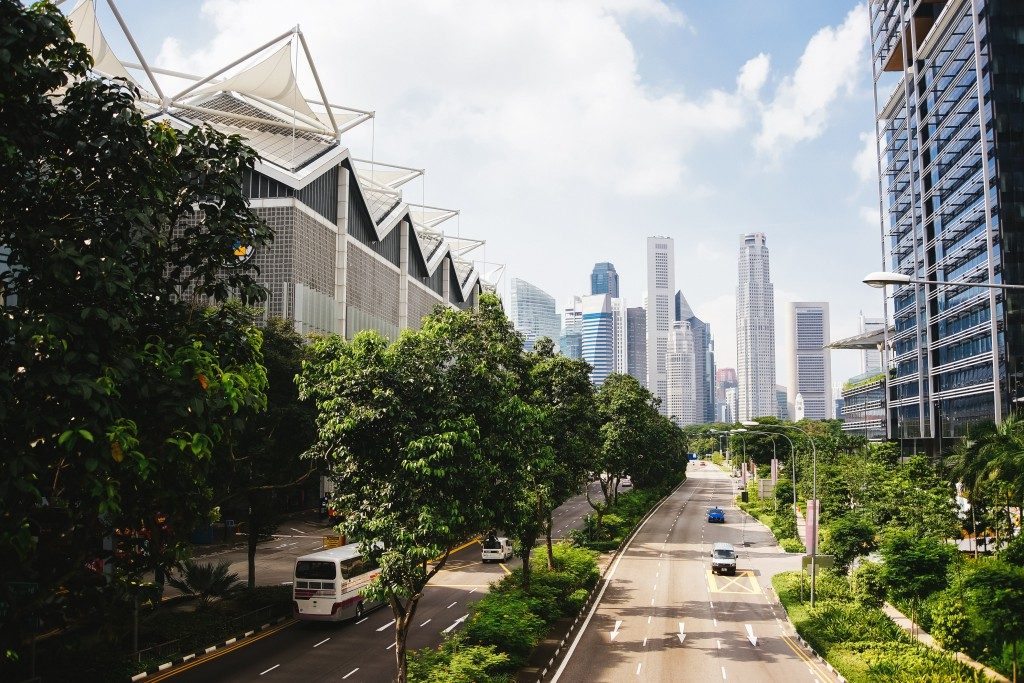Cities, like New York, Chicago, and Los Angeles, have something in common—skyscrapers. Skyscrapers signal growth as businesses move in, which prompts demand in commercial and residential properties. Soon, commerce, art, and culture converge in one place.
Urban growth is good for the economy, but such prosperity has an effect on the environment.
Buildings Contribute to CO2 Emissions
Buildings are responsible for close to 40 percent of global greenhouse gas (GHG) emissions annually, according to a report from Architecture 2030. This is due to operational energy use, which is projected to increase as global building stock will grow by 2060. Construction of buildings is set to rise because 10 billion people will be residing in cities by that time.
Engineers expect to add 2.48 trillion square feet of new floor area to the global building stock to accommodate such growth. The Architecture 2030 report states 11 percent of GHG emissions and 28 percent of the building sector emissions annually is embodied carbon. This is carbon dioxide emitted during the manufacture, transport, and construction of building materials. These emissions have to be eliminated by 2050 to meet climate goals.
One of the ways to do so is for industries to implement green design. For example, engineers who design mechanical systems need to factor in sustainable manufacturing as the first step toward creating better buildings.
The Financial Impact of Green Buildings
According to the U.S. Green Building Council (USGBC), green buildings are a global solution for cities, communities, and neighborhood. They minimize carbon emissions, energy, and waste through sustainable design, construction, and operation.
Green buildings contribute to the global growth of the building and construction industry without compromising the environment. These sustainable structures also help businesses.
Owners of green buildings report they have had significant operating cost savings, faster payback periods, and a 10 percent increase in asset value. Green buildings further cut day-to-day operating costs. Leadership in Energy and Environmental Design (LEED) buildings have reported 20 percent lower maintenance costs than traditional commercial buildings.
But these financial benefits are not the only outcomes people can expect from green buildings. These structures can also impact public health.
Better Buildings, Better Health

Research from the USGBC shows a third of respondents have experienced bad health associated with poor environments and living conditions. Creating more green buildings enhances and protects biodiversity and ecosystems. People living in the cities will have access to cleaner air and water, which resonate to communities the most.
Exposure to green spaces also improves people’s health and well-being. A study by the American Heart Association (AHA) suggests it lowers people’s risk of cardiovascular diseases and reduces stress levels.
Breathing cleaner indoor air quality helps curtail absenteeism, as well. Since people spend about 90 percent of their time indoors, green buildings provide employees and tenants with a comfortable space that promotes both health and productivity.
Tall buildings signify urban growth, improving economies and people’s lives. But these impressive structures do not have to be built at the cost of the environment. With green design, businesses and communities can live prosperously and sustainably.
